The term “omnichannel marketing” is thrown around a lot though and can often be misunderstood. So, let’s take a deep dive into the concept and explore its fundamental components to help you get started.
Ready to see Bird in action?
We are so used to thinking of marketing as funnels and conversions. Yet the truth is that in reality the buying journey is all but linear and doesn’t take place in isolated interactions.
From learning about your products, to purchasing, and coming back for more your customer goes through different learning curves, touchpoints, and channels.
Fail to internalize this bigger picture and you risk getting stuck in an endless loop of incremental optimizations limited by the bounds of each channel. Meanwhile businesses who take an integrated approach, reap the benefits of compounding results over time.
Omnichannel marketing is a more cohesive approach to marketing. It’s marketing that takes into account historical interactions, customer preferences, and seamlessly weaves experience across channels.
Omnichannel marketing, when done right, will do wonders for your business across the entire customer journey, from generating more leads to increasing conversions and improving retention rates.
The term “omnichannel marketing” is thrown around a lot though and can often be misunderstood.
So, let’s take a deep dive into the concept and explore its fundamental components to help you get started.
What is omnichannel marketing?
Omnichannel marketing is an approach to marketing in which you engage and convert customers on whatever channel suits the customer, while ensuring an experience that is:
Consistent
Smooth
Personalized
…from the first touchpoint till the last.
The key characteristic is that the entire journey feels coherent in terms of the content, tone, and voice, along with any contextual information based on any previous interactions with your customers.
Omnichannel marketing delivers a streamlined experience by integrating customer data from different channels and tools. The combined data works together to create a uniform presence for your brand everywhere.
For instance, suppose a customer buys a laptop from your online store. With an omnichannel process in place, you could send timely messages promoting your shop’s laptop insurance coverage and related products (like a bag or a stand). The result: a contextual upsell path powered by automation and real-time data. This clockwork is what omnichannel marketing strives for.
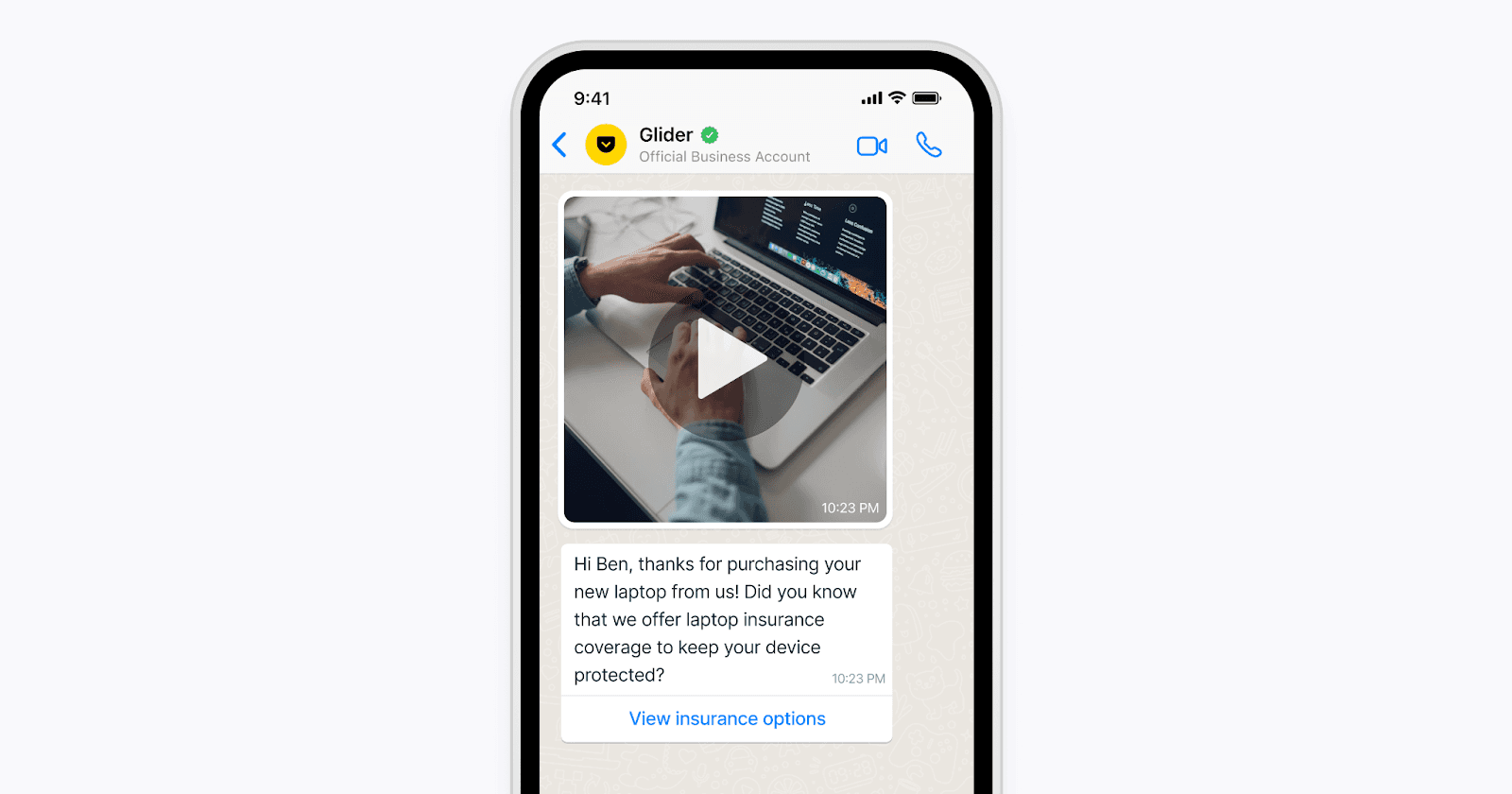
Is omnichannel marketing the same as multichannel marketing?
Omnichannel and multichannel marketing are different, despite sharing a key characteristic. Multichannel marketing simply refers to marketing to customers using more than one channel. Omnichannel marketing takes multichannel marketing one step further by making sure that every channel is interconnected, resulting in a uniform experience everywhere. In that sense, every omnichannel marketing approach is multichannel, but not every multichannel approach is omnichannel.
Here are some key differences that help distinguish between the two:
Channel integration — In multichannel marketing, all channels typically operate in their own silos and have their own strategies to engage the customers. With an omnichannel approach, all channels, along with your entire marketing tech stack, must be integrated. This interconnectivity creates an ecosystem of channels that puts the customer at the center, allowing them to move seamlessly through the buyer’s journey.
Consistency — The goal of a multichannel approach isn’t to offer a unified experience but to simply cast a wider net. As a result, the experience feels disjointed at times. Omnichannel marketing, however, focuses on delivering a uniform, consistent experience everywhere by leveraging customer data and following the same brand guidelines.
The priority — Multichannel marketing seeks to maximize the number of channels that a business uses to market to its customers. Omnichannel marketing, by contrast, focuses on strategically using the channels that your customers prefer to maximize your return on investment. It makes your marketing efforts customer-centric by engaging them where they are.
3 stats that show why an omnichannel approach is better
Taking an omnichannel approach requires a lot of planning and internal alignment of the entire marketing team. But the returns are far greater than what any multichannel approach can offer in terms of user experience and engagement — all of which ultimately result in higher revenue. Here are a few interesting omnichannel marketing statistics on how effective it is:
Advertising impact improves by 35% when different marketing channels work together. This is only possible with a true omnichannel approach built around integrations. The smooth journey, delivered end to end across different channels as a result of this interconnectivity, creates better omnichannel experiences, leading to higher conversions.
Omnichannel customers spend 10X more than digital-only customers. A digital-only approach to marketing — even in this modern day and age — won’t necessarily yield the highest ROI. The best approach is to strike the right balance between the traditional and digital avenues at your customers’ disposal.
Businesses that don’t offer customers the flexibility to purchase their products wherever they want lose around 10-30% in sales. You’ll see an immediate positive impact on your business bottom line by expanding the number of channels your customers can use to buy your products.
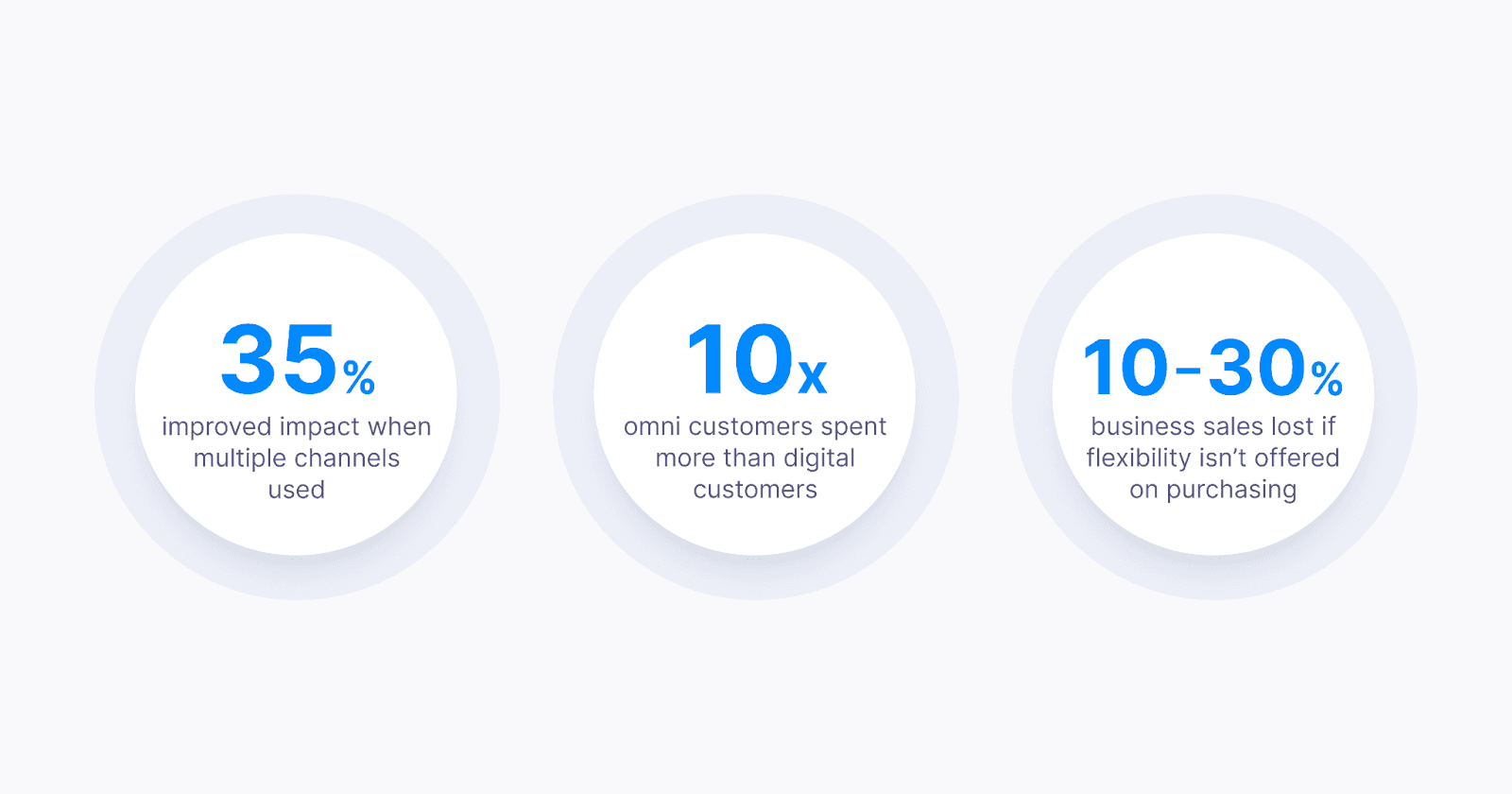
The stats above provide a mere glimpse of the massive potential of omnichannel marketing. Businesses achieve a lot more with the right processes and tools.
What goes into creating a successful omnichannel marketing campaign?
The exact process for creating the perfect omnichannel marketing campaign will vary from brand to brand. That said, the following broad framework, based on best practices, will work for any business — you just need to mold it according to your requirements:
Pin down your objective
Executing a campaign without a clear business objective is an inefficient use of your resources and budget. To that end, start by cementing the reasoning behind your omnichannel campaign. What’s it going to accomplish?
First, determine the overarching goal. For instance, it could be to increase marketing qualified leads, which you’re not able to accomplish with the existing channels.
Next, quantify your goal by attaching a number to it. This will allow you to gauge the success of your campaign and make adjustments if needed. Make sure that the quantified goal is realistic based on past internal data and industry benchmarks.
Determine the channels
Ask yourself: what would be the best channels to execute your campaign on? Keep in mind that the answer to this question depends on the preferences of your customers because, after all, a true omnichannel approach is customer centric.
Dig into any existing analytics data that favor certain channels over others. For instance, you may find that WhatsApp performs far better than email in terms of engagement - but you don’t see the same adoption number in every country. You should also tap into any third-party market research data to identify the channels your target customers prefer. Finally, create a list of all the potential channels to be used in your omnichannel campaign based on your findings.

Prepare the tech stack
Next, make sure that you have all the tools necessary to effectively create and execute your omnichannel marketing campaign. It’s not realistic to run the campaign across different channels at scale manually. To that end, your tech stack at least needs:
A customer data platform to empower your campaign and create personalized experiences
A marketing platform that helps you create and execute your omnichannel campaign across multiple integrated channels and tools
A tool to create interactive and rich content native to every channel.
An omnichannel analytics setup that allows you to track campaign performance across channel and allows you to tie it to down funnel conversions.
A subscriber growth tool to capture leads through ads, QR codes, and forms.
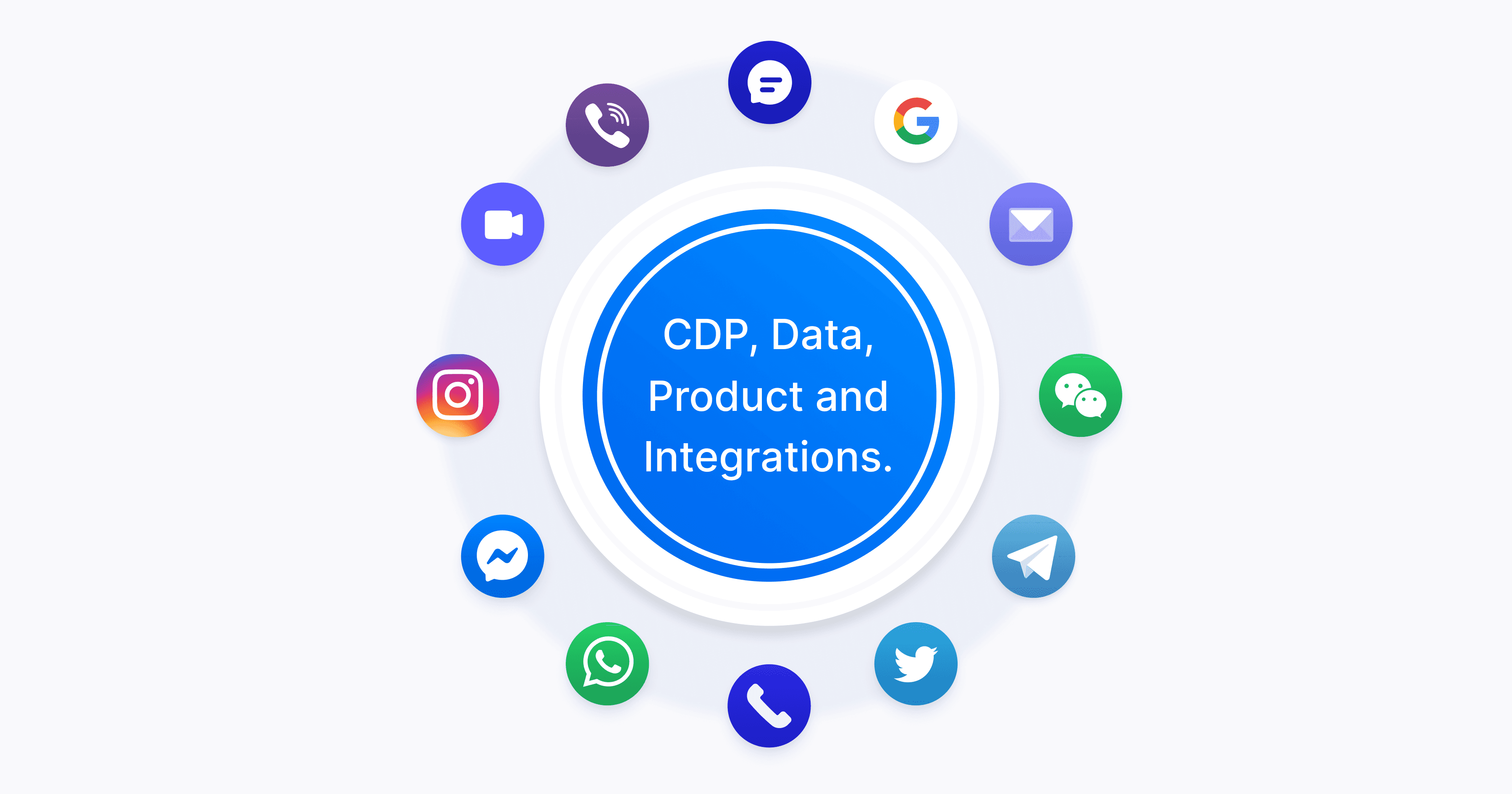
You may require additional tools based on your campaign and existing resources. But the tools listed above are absolute must-haves for every omnichannel campaign.
Design the campaign
Build out your omnichannel marketing campaign based on your objectives and shortlisted channels. To do this, first, map out the customer journey, i.e., where and how the campaign is going to lead the customer. Break it down into specific steps and describe every customer touchpoint and its purpose.
Next, prepare the content that you’re going to use to engage the customers with your omnichannel campaign. Make sure that every content asset adheres to your brand guidelines — irrespective of its type and the channel it’s going to be used on — to create a uniform experience.
Also, remember to tailor your branded content to each channel. This additional step is extremely crucial, as it will ensure that the channels you use support the format, size, and dimensions of your marketing collateral.
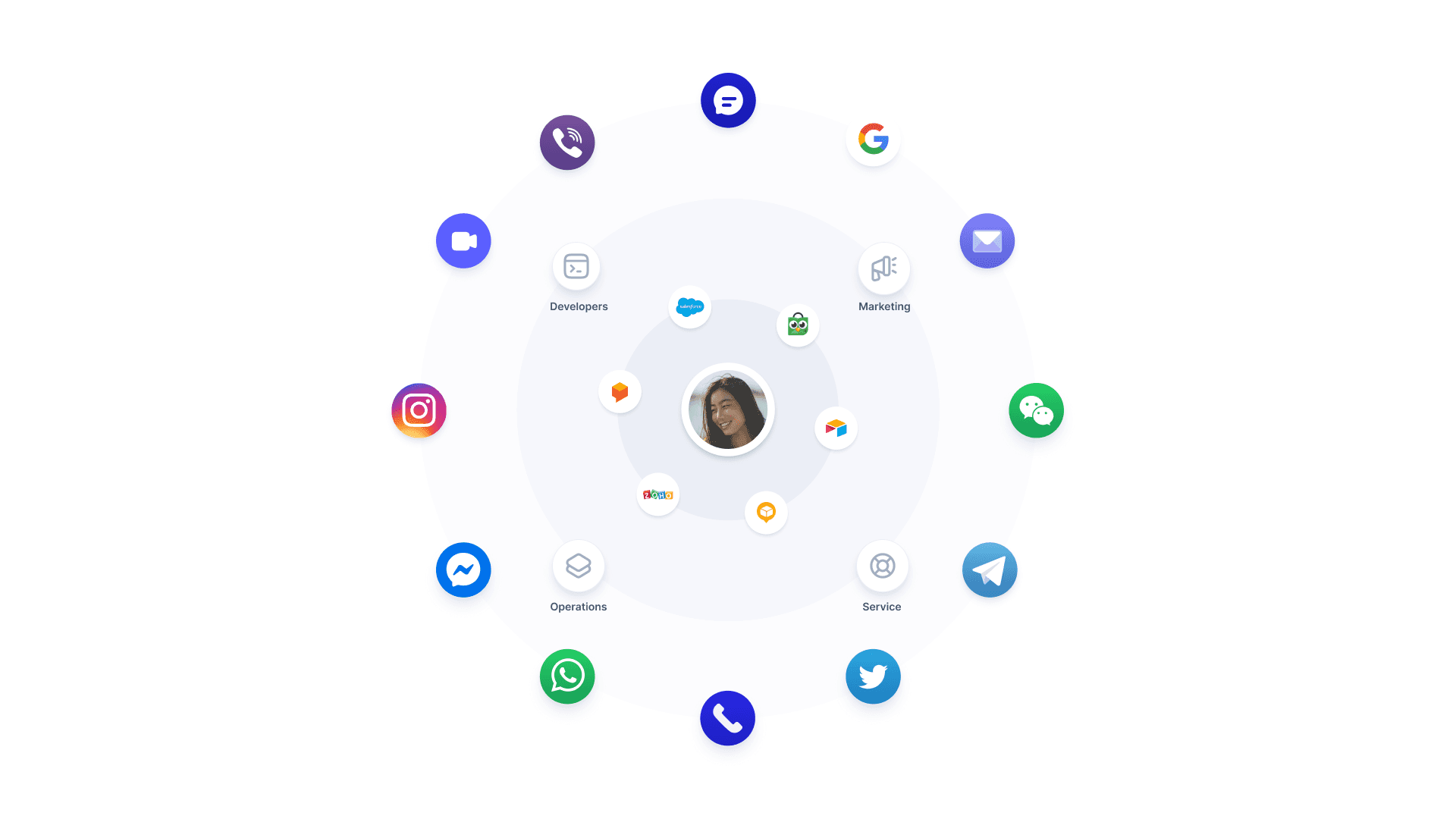
How does omnichannel marketing analytics help?
Omnichannel marketing analytics is the strategic approach to using data related to your campaign’s performance and customer behavior to improve your omnichannel initiatives. It involves pulling data from various sources — such as your customer relationship management (CRM) tool, point-of-sales (POS) software, and CDP — and analyzing it to make informed decisions about your campaigns.
You can uncover a myriad of insights by tapping into your omnichannel analytics:
The best channels to reach your customers
The best content types to engage with your customers
Vital customer information to personalize their customer experiences
Crucial customer touchpoints that result in conversions
The products and services that perform the best

These insights, when put into action, go a long way toward making your marketing initiatives more effective. Here are some actionable tips on how to make that happen:
Look for patterns and form your hypotheses — Is there anything that keeps resurfacing when analyzing your data? For instance, there could be a specific channel that’s often attributed to customer engagement. Or you find that most of your customers typically convert after a certain number of touchpoints. Use these patterns to form your hypotheses for what works best for your customers.
Test your hunches — A/B test your campaigns to see if your initial hypothesis is true or not. That’s because the hypothesis formed from the initial analysis could be a result of outliers or special cases. Making any large-scale decisions without first actively testing them out could be detrimental to the performance of your campaign.
Rinse and repeat — Customer preferences and behaviors keep on changing. To that end, it’s vital to consistently look at your omnichannel marketing data to look for any patterns that you can leverage to make better decisions.
Omnichannel marketing examples
There are countless omnichannel marketing examples to try to emulate. The following case studies shed light on the endless possibilities of what you can achieve with the right creative approach:
1. Amazon Prime Video
Amazon Prime Video used a combination of social content and WhatsApp to promote the third season of LOL: Last One Laughing. With MessageBird’s help, the company built a WhatsApp chatbot programmed to engage users with content related to LOL. Its ultimate goal? To create awareness of the new season and convert users into watchers of the show. Custom click-to-chat links and QR codes on the show’s social media accounts helped drive users to the chatbot.
The show broke all previous viewership records — a resounding success thanks to the omnichannel chatbot campaign. The massive success wasn’t only because of the selection of channels but also due to the fact that they were fully integrated. This helped create a seamless experience that engaged over 70,000 people who interacted with the chatbot.
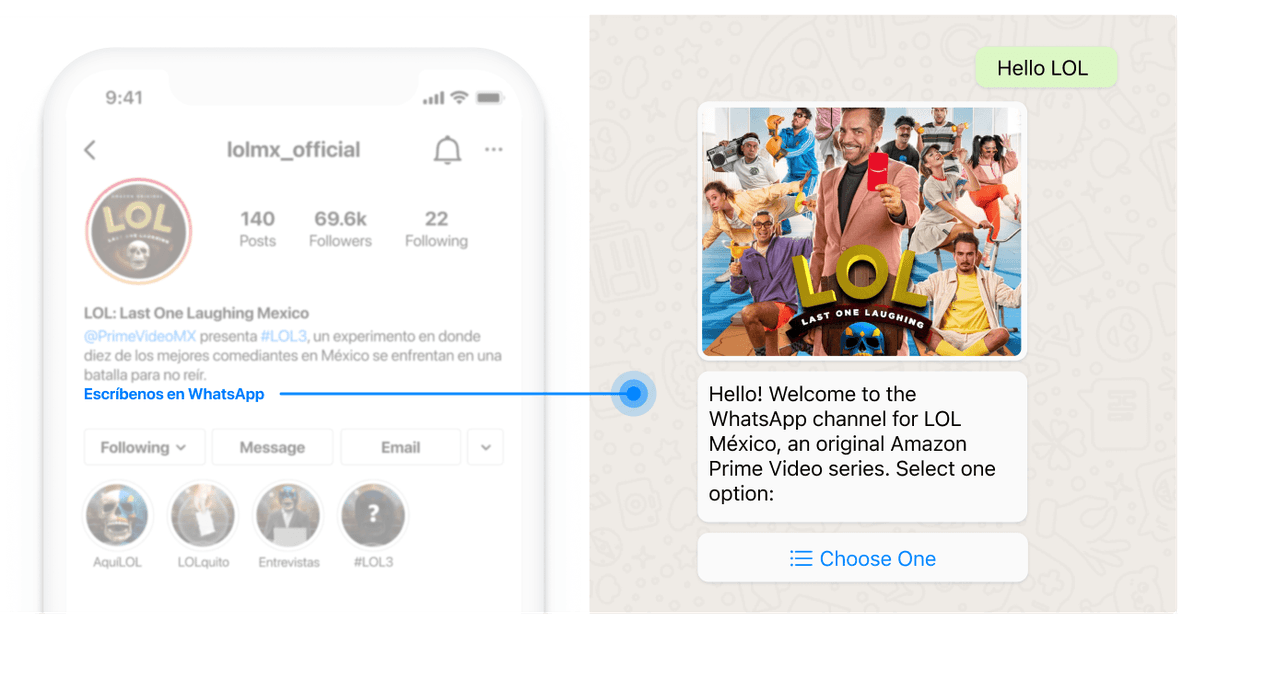
2. Matahari
Matahari, an Indonesian retail giant, expanded its channel mix by introducing WhatsApp — a platform used by over 78 million people in Indonesia. The brand was initially struggling with low delivery rates on SMS and email and needed a new way to engage with its customers.
Matahari used MessageBird’s WhatsApp API to run promotional campaigns that yielded impressive returns. The brand successfully sent over 15 million messages and achieved a delivery rate of 98%. As a result, it recorded a whopping conversion rate of 6.5% (2.5X higher than the industry benchmark). The key takeaway: market to customers where they are, and the rest will fall into place!
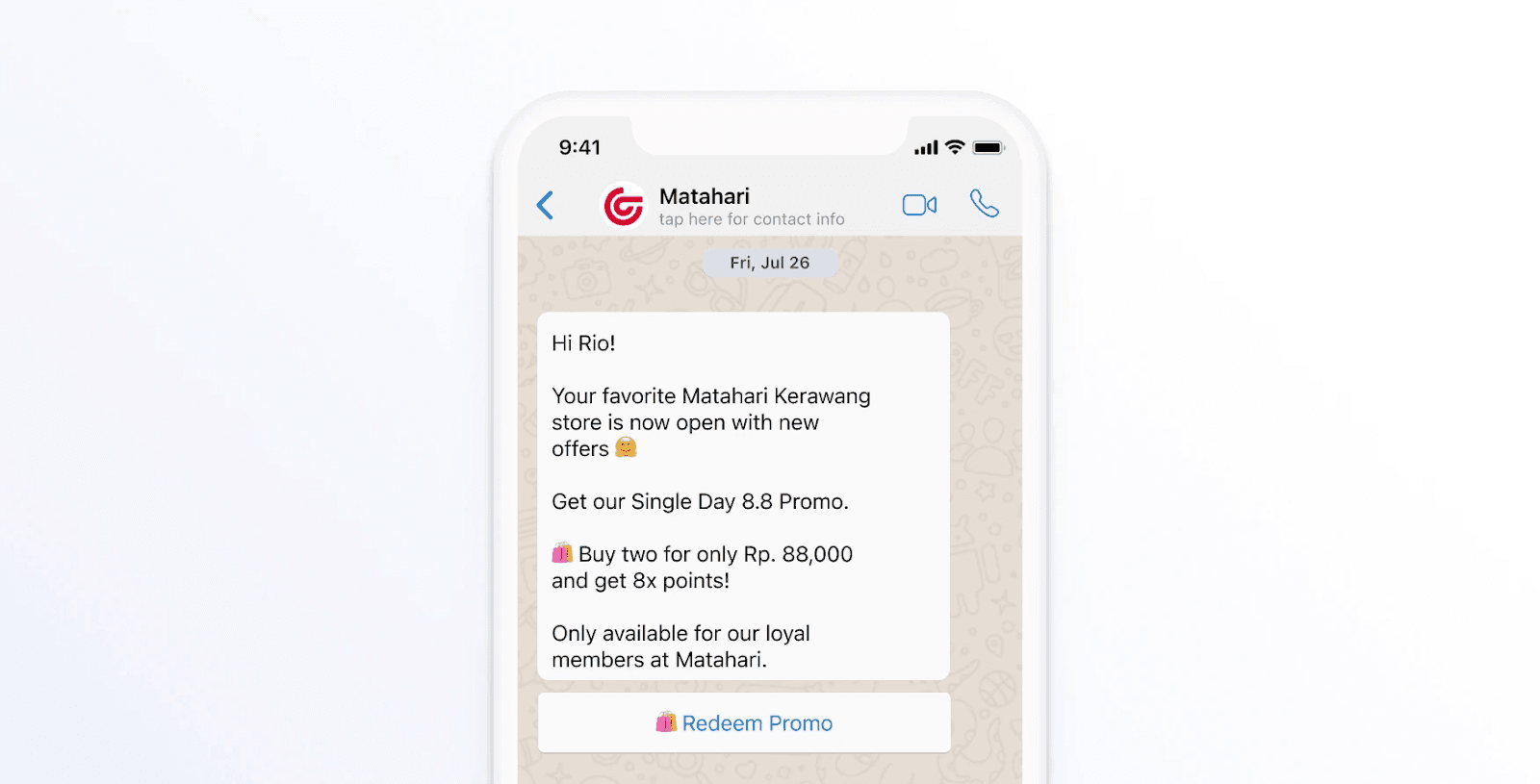
3. Maud’s Coffee & Tea
Maud’s Coffee & Tea leveraged push notifications to create and maintain top-of-mind awareness for its brand. Its customers receive the latest product updates, promotional offers, and cart abandonment reminders through alerts from the Maud mobile app.
Maud combines these notifications with SMS and email to cast a wider net and maximize its ROI. Since the implementation of this strategy in 2016, Maud’s Coffee & Tea has received over 20,000 orders from push notifications alone. This case study is another lesson on why it’s important to meet the customers where they are — instead of luring them elsewhere.
What trends does the future hold for omnichannel marketing?
The omnichannel landscape continues to change as technology, customer behavior, and business priorities evolve. Here are a few of the biggest omnichannel marketing trends to expect in the days to come:
1. Say goodbye to third-party cookies
For years, businesses have been relying on third-party cookies to track the data of website visitors to improve the user experience and target them with personalized marketing messages. However, that’s about to change soon, as Google is all set to kill the third-party cookie in Chrome.
Businesses that have been relying on data collected from third-party cookies to empower their marketing campaigns need to readjust their strategies. And while Google has delayed its plan to pull the plug until 2024, marketers need to start planning now. This entails creating processes for collecting first-party data by asking users to provide the information themselves.
2. More embedded experiences will be created on third-party apps
Owned media channels give you increased control over your marketing initiatives, but it takes time and resources to develop them. For that reason, more businesses are expected to create embedded customer experiences on established third-party platforms, mainly OTT messaging apps and social media channels.
A number of businesses are already doing this. For example, Guzman y Gomez, a casual restaurant with over 150 locations across four countries, incorporated four different digital channels into its marketing communications strategy — all held together with MessageBird Inbox.
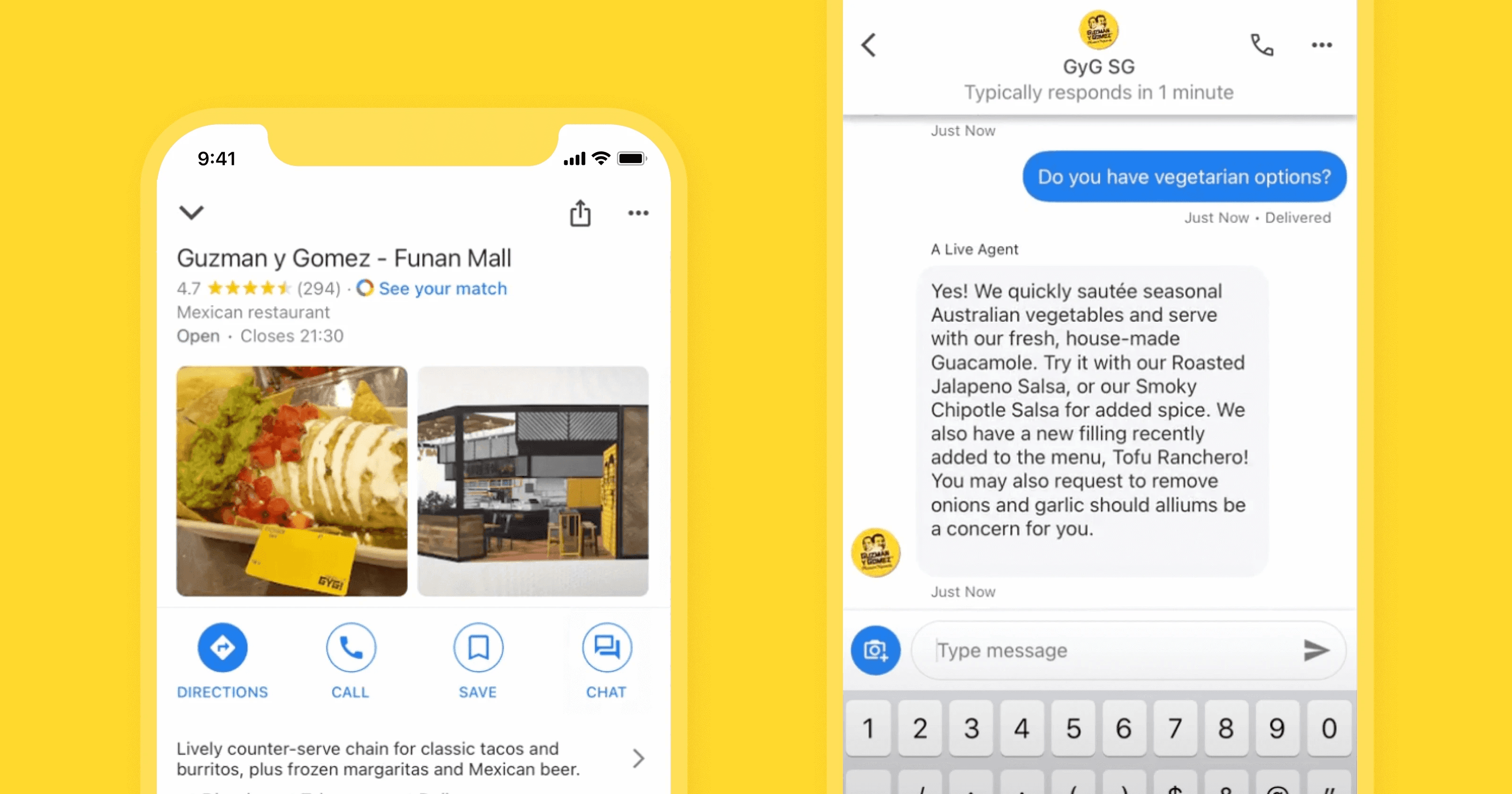
3. Chatbots and AI will get smarter
Chatbots have traditionally been used to handle simple tasks and rule-based conversations carried through pre-recorded answers to frequently asked questions. However, that will change soon as AI continues to evolve.
Companies will soon start employing these advanced chatbots to handle complex tasks and deep conversations that usually require the help of a live agent. Marketers who start leveraging these advanced machine learning algorithms will enjoy a competitive advantage by engaging more customers at scale.

Get started with omnichannel marketing — invest in the right platform
Transitioning your entire marketing toward an omnichannel approach takes time. But before anything else, you need a strong omnichannel marketing platform to support everything. The platform in question should be able to support all of your marketing channels and handle your campaigns at scale. To this end, make sure that it offers the following features:
Integration capabilities — The platform must integrate seamlessly with all of your channels and other marketing tools to create smooth campaigns.
Workflow automation — There should be a way to automate the execution of your campaigns end to end. Ideally, you should be able to build custom automations based on your unique requirements and use case without any outside help.
Content creation — You should have an environment where you can create/design marketing content and use it across different channels with ease.
In addition, you’ll need a trusty partner who will help you create, implement, and optimize your entire omnichannel marketing strategy. At MessageBird, we live and breathe all things omnichannel. We’ve helped many brands like yours harness the potential of omnichannel marketing with our cutting-edge solutions and expertise.
Ready to take the next step? Get in touch with our team today!
